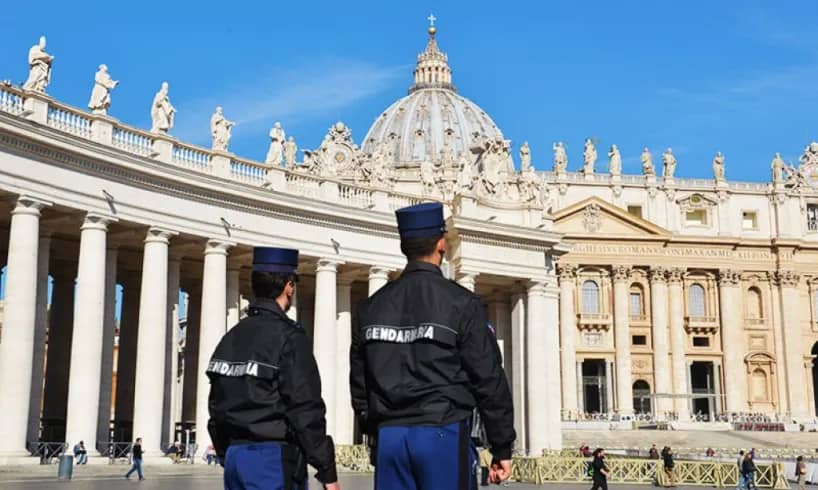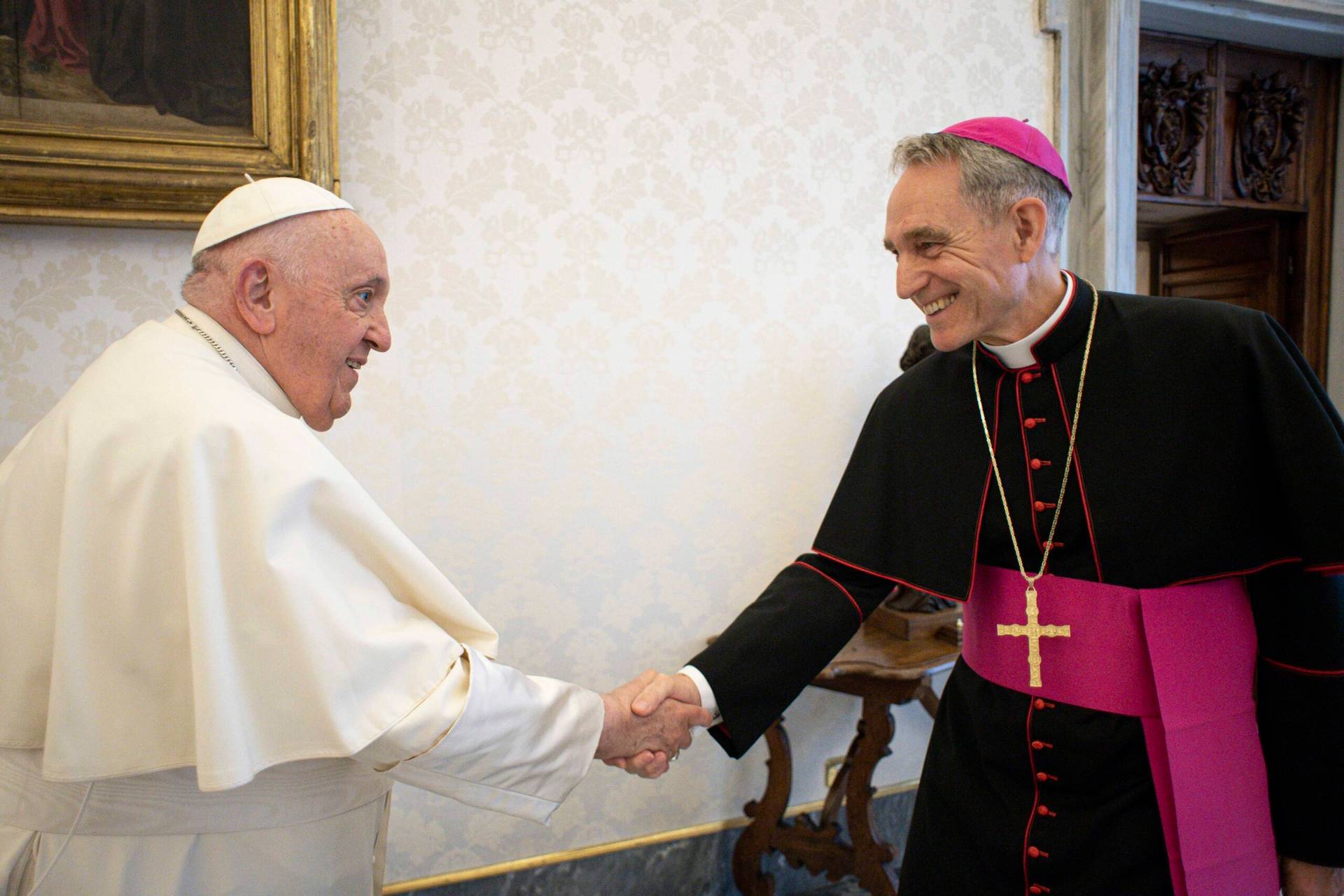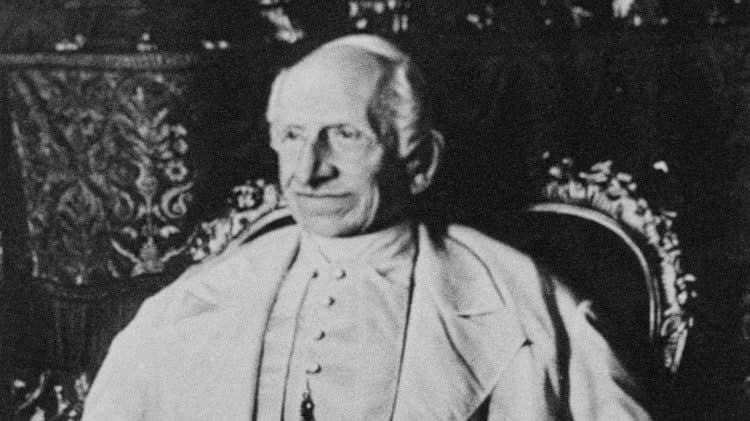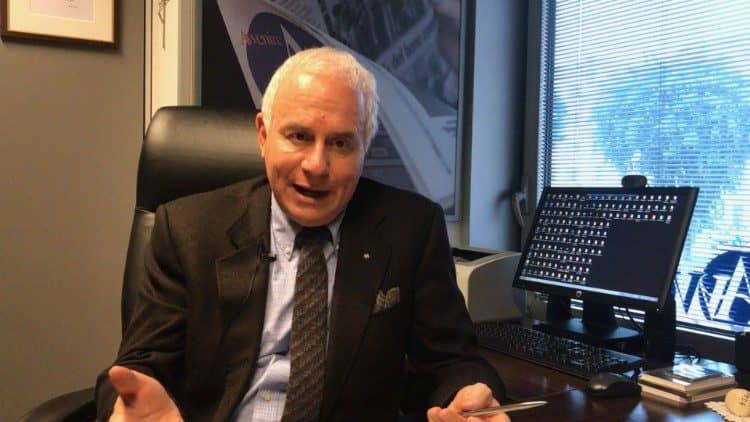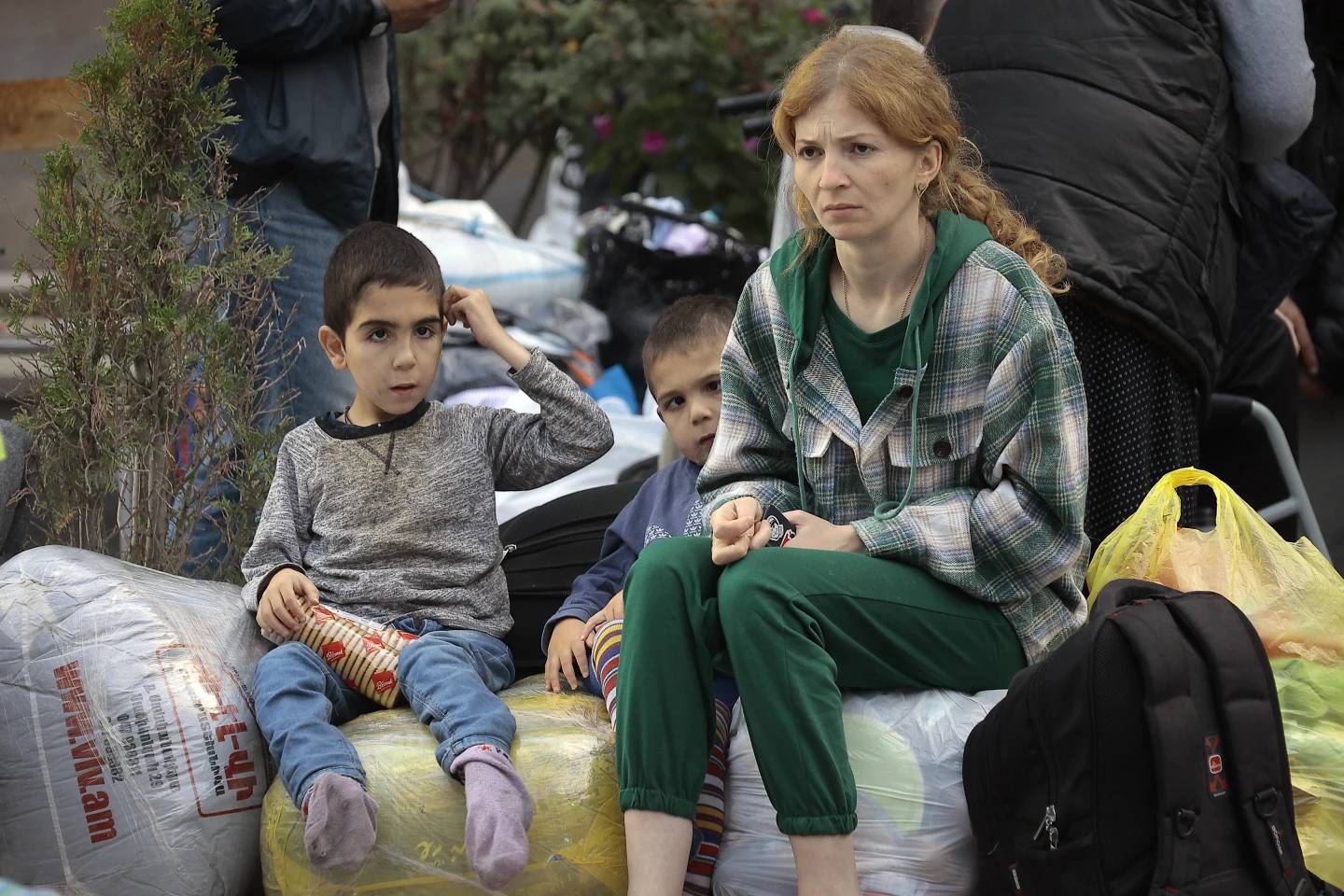When the Archdiocese of New York announced a “credible and substantiated” allegation of sexual abuse against a minor was confirmed against Cardinal Theodore McCarrick – the former Archbishop of Washington, who had served as a priest in New York – it was the first time an American cardinal was personally charged with a crime involving a minor, against the backdrop of a crisis that’s enveloped the Church for nearly two decades.
Yet the most overlooked announcement was from across the state line, when the Archdiocese of Newark, which McCarrick led from 1986-2000, revealed that the cardinal had been accused of having “engaged in sexual behavior with adults,” and that “two of these allegations resulted in settlements.”
It was not that surprising because such rumors have dogged McCarrick for years. New York Times columnist Ross Douthat said on June 23 that journalist friends had told him, “McCarrick or ‘Uncle Ted’ as he urged his paramour-victims to address him, had such a long history of pursuing seminarians and priests that a group of Catholics went to Rome to warn against making him Washington’s archbishop (to no avail).”
RELATED: Vatican City still has no policy to fight clergy sex abuse
Douthat also confirmed that the story had been pursued, but that no one would go on the record. Moreover, because most of the alleged victims were over 18, it didn’t violate the bishops’ charter on child protection.
But is that the end of the story: A bad apple finally gets caught, perhaps with a little #MeToo attention to abuse of power by one of the most influential figures in the Church? Or is it a sign of a little discussed but systematic problem in the Church?
McCarrick is not the first cardinal to suffer such accusations. Cardinal Keith O’Brien admitted to having inappropriate relations with adult seminarians, resigning his post as Archbishop of Saint Andrews and Edinburgh in 2013.
These cases, although not as shocking as the abuse of minors, also demonstrate that the Church’s battle against sexual misconduct – even if it doesn’t always fit a strict definition of “abuse” – is still in its early stages.
Although soliciting sexual favors from underlings is considered unethical in any environment, the reasons go beyond the sordidness of the affairs: “Paramour-victims” are often given favors in return, and can also be in a unique position to seek them out. What is true in the corporate field is doubly true in the ecclesiastical world.
An analogous situation presents itself in Chile, where acolytes of the notorious pedophile Father Fernando Karadima, who, though not a bishop, carried a lot of influence in the Chilean Church, were on occasion promoted to the episcopate under his guidance.
Rumors of a “lavender mafia” are a staple of conspiracy theories in the Church, but as Douthat says in his June 23 column, “if you wanted the truth about corruption in the Catholic Church, you had to listen to the extreme-seeming types, traditionalists and radicals, because they were the only ones sufficiently alienated from the institution to actually dig into its rot.”
(It is not just the cranks and extremists: in the 2016 book-length interview Benedict XVI, Final Conversations, the pope emeritus said he dismantled a “gay lobby” in the Vatican, although he said it wasn’t very large. Pope Francis also reportedly said one existed soon after his election in 2013, when he had a private meeting with the leaders of the Latin American Confederation of Religious Orders, but neither the Vatican nor the confederation have confirmed the report.)
Suffice it to say, “uncles” have nephews, and nepotism has a long history in the Church.
This is compounded if there is a disregard for the Church’s teaching on sexual morality, creating a hidden subculture within the Church where the rules do not apply.
The documentation in the settlement reached for one of McCarrick’s alleged victims paints a picture of a culture of sexual laxity and misconduct which may seem difficult to believe, but if you need the picture painted for you, former priest and noted clerical abuse expert Richard Sipe published the details in 2010.
Which brings us to another issue in the McCarrick case: The intersection between serial misconduct with seminarians and the possible abuse of minors. Most of the rumors surrounding the cardinal dealt with legal adults, but what brought about his downfall was a credible accusation of the molestation of a minor.
This is a lacuna in the law: If a cleric has sex with someone who is 17, it’s a suspension; if it’s his 18th birthday, it’s just another future “undisclosed settlement.” This leads to a situation where some abusers, as long as it does not involve clear criminal activity, are still given space to operate in the Church.
This reaffirms a culture of cover-up, as long as a photo ID with a proof of age is provided. But as anyone who has worked at a bar knows, regulars will always try to sneak someone underage past the doorman.
If the Church hierarchy continues to turn a blind eye to sexual misconduct involving adults, it will never be able to put an end to the sexual abuse of minors.







